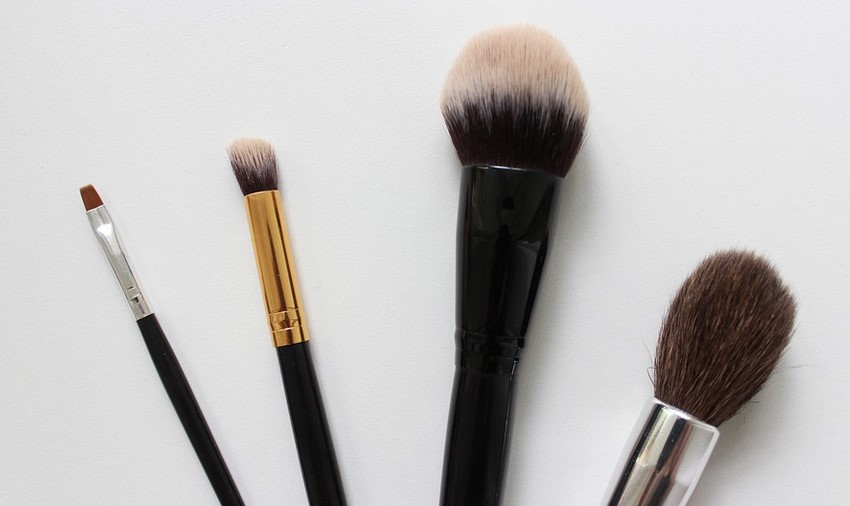Introduction
Beards are a symbol of masculinity and have been in trend for the past few years. However, not everyone is blessed with a thick and full beard. This has led to an increase in the use of various beard growth products, including minoxidil. Minoxidil is a popular medication that is used to treat hair loss on the scalp, but can it help in growing a beard? In this article, we will explore the effectiveness of minoxidil in growing a beard.
What is Minoxidil?
Minoxidil is a medication that is used to treat hair loss on the scalp. It is available in both topical and oral forms. Minoxidil works by widening the blood vessels in the scalp, which allows more oxygen, blood, and nutrients to reach the hair follicles. This results in the growth of thicker and stronger hair. Minoxidil is FDA-approved for use on the scalp, but it is not approved for use on the face.
How Does Minoxidil Work?
Minoxidil works by increasing blood flow to the hair follicles. This increased blood flow provides the hair follicles with the necessary nutrients and oxygen needed for hair growth. Minoxidil also stimulates hair follicles that have become dormant, causing them to enter the anagen phase of the hair growth cycle. This results in the growth of new hair.
Can Minoxidil Grow Beard?
While minoxidil is not approved for use on the face, many men have reported success in using it to grow a beard. The reason for this is that the active ingredient in minoxidil, which is called minoxidil sulfate, is the same as the active ingredient in a medication called Loniten, which is used to treat high blood pressure. Loniten is known to cause facial hair growth as a side effect, which is why many men believe that minoxidil can grow a beard.
How to Use Minoxidil for Beard Growth
If you are considering using minoxidil to grow a beard, you should first consult with a dermatologist. They can advise you on the appropriate dosage and application method for your skin type. Minoxidil is available in both liquid and foam formulations. The liquid formulation is applied using a dropper, while the foam formulation is applied using a pump.
Side Effects of Minoxidil
While minoxidil is generally safe to use, it can cause some side effects. These include: – Itching and redness – Dryness and flaking of the skin – Dizziness and lightheadedness – Chest pain and irregular heartbeat If you experience any of these side effects, you should stop using minoxidil and consult with a doctor.
Alternatives to Minoxidil
If you are hesitant to use minoxidil, there are other natural and safe alternatives to grow a beard. These include: – Eating a balanced diet rich in vitamins and minerals – Exercising regularly to improve blood flow – Using a boar bristle brush to stimulate hair growth – Applying natural oils such as coconut oil or jojoba oil to the beard
Conclusion
In conclusion, while minoxidil is not approved for use on the face, many men have reported success in using it to grow a beard. However, it is important to consult with a dermatologist before using minoxidil to ensure that it is safe for your skin type. If you are hesitant to use minoxidil, there are other natural and safe alternatives to grow a beard. Remember that growing a beard takes time and patience, so be consistent and stick to a routine.

